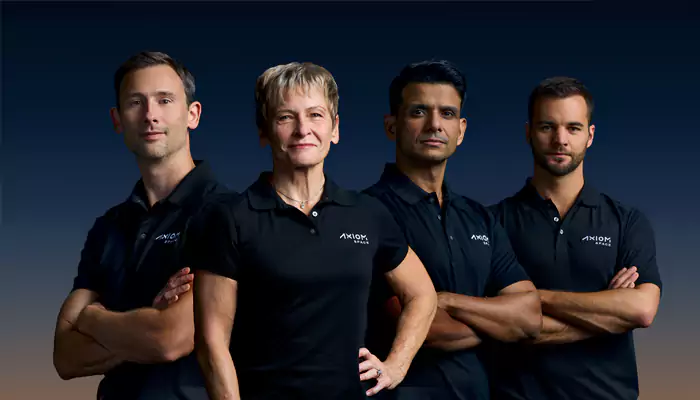
Here are today’s most important updates from the realm of Science and Space.

Indian astronaut Shubhanshu Shukla will don a pair of specially designed Omega watches as he lives and work on the International Space Station. The special watch is part of a tradition that dates back to the earliest days of human spaceflight. These watches are engineered to withstand the extreme conditions of space, from microgravity to intense temperature fluctuations. They have undergone rigorous training to qualify for spaceflight. These watches can function in extreme temperatures, vacuum, remain corrosion free, sustain shocks at 40G and even function in high pressure of 1.6 atmospheres. For the Ax-4 mission, each astronaut, including Shukla, will receive two Omega Speedmaster watches: the X-33 Skywalker, worn aboard the spacecraft, and the manual-winding Speedmaster Professional Moonwatch, which remains the preferred choice for extravehicular activities (EVA) for both NASA and Axiom astronauts.

Four British climbers have become the first to summit Mount Everest using Xenon gas to accelerate their acclimatisation, shaving weeks off the traditional expedition timeline. The historic ascent, organised by Austria-based Furtenbach Adventures, marks a new chapter in high-altitude mountaineering. Rapid ascents without proper acclimatisation are considered extremely dangerous due to the risk of altitude sickness and hypoxia. Xenon, a rare, colourless, and odourless gas with known anaesthetic and medical uses, was pivotal to the team’s success. Known for its stability and lack of reactivity, xenon is found in trace amounts in Earth’s atmosphere. Despite being rare, it has several important applications. “Xenon improves the acclimatisation and protects the body from altitude sickness and the effects from the hypoxic environment,” said the expedition organiser.

The world's largest iceberg, A23a, is breaking apart into smaller pieces, posing a threat to humans and the millions of penguins in the nearby Antarctic sanctuary. NASA's Aqua satellite, equipped with MODIS (Moderate Resolution Imaging Spectroradiometer), has captured striking images of the massive iceberg A23a breaking apart. The photos show thousands of smaller ice chunks detaching from the iceberg's northern edge, creating a hazardous icy landscape in the surrounding area. The image highlights the iceberg's enormous size, comparable to South Georgia Island (approximately 1400 square miles), which is famously known for Ernest Shackleton's rescue mission after the Endurance shipwreck. The massive iceberg is breaking apart into smaller pieces through a process called "edge wasting." Scientists warn that similar events may become more frequent in the future because of climate change.

The pursuit of longevity has long fascinated humans. Research reveals that simple lifestyle choices, such as a balanced diet and regular exercise, strong social connections, and a touch of genetic luck, can significantly influence one's lifespan and overall well-being, offering a promising path to a longer, healthier life. Psychological resilience to stress is crucial, with studies showing that older adults who exhibit this trait are less likely to die from any cause. Even brief interventions like eight weeks of regular yoga can improve psychological resilience. Strong social networks help alleviate stressors, enhancing longevity. Genetics account for only 20-40% of lifespan, emphasising the importance of lifestyle choices.